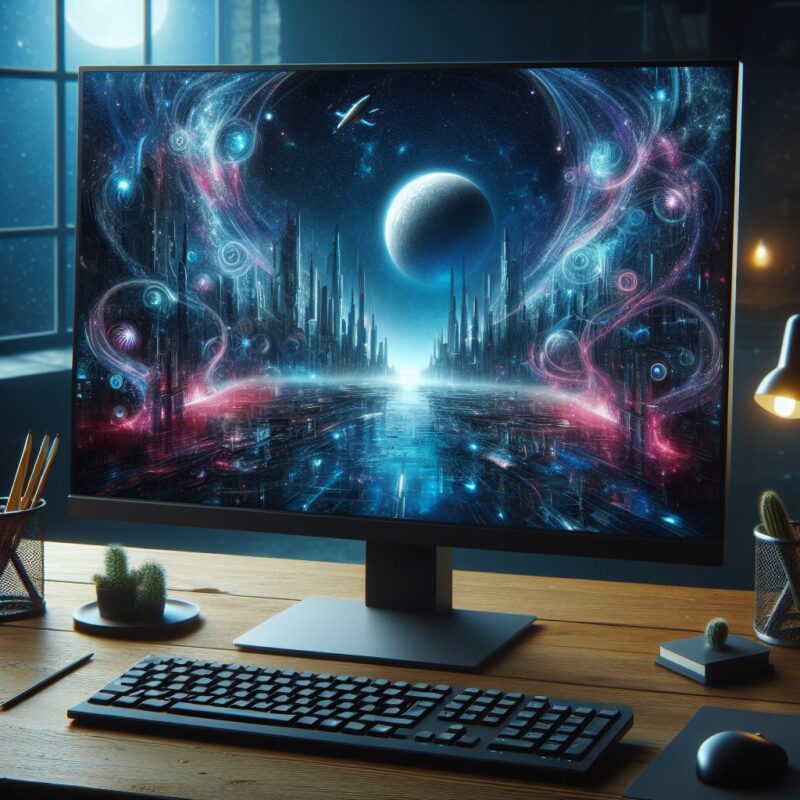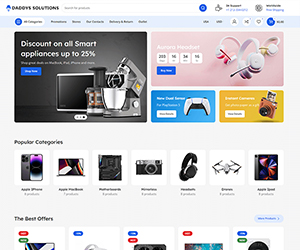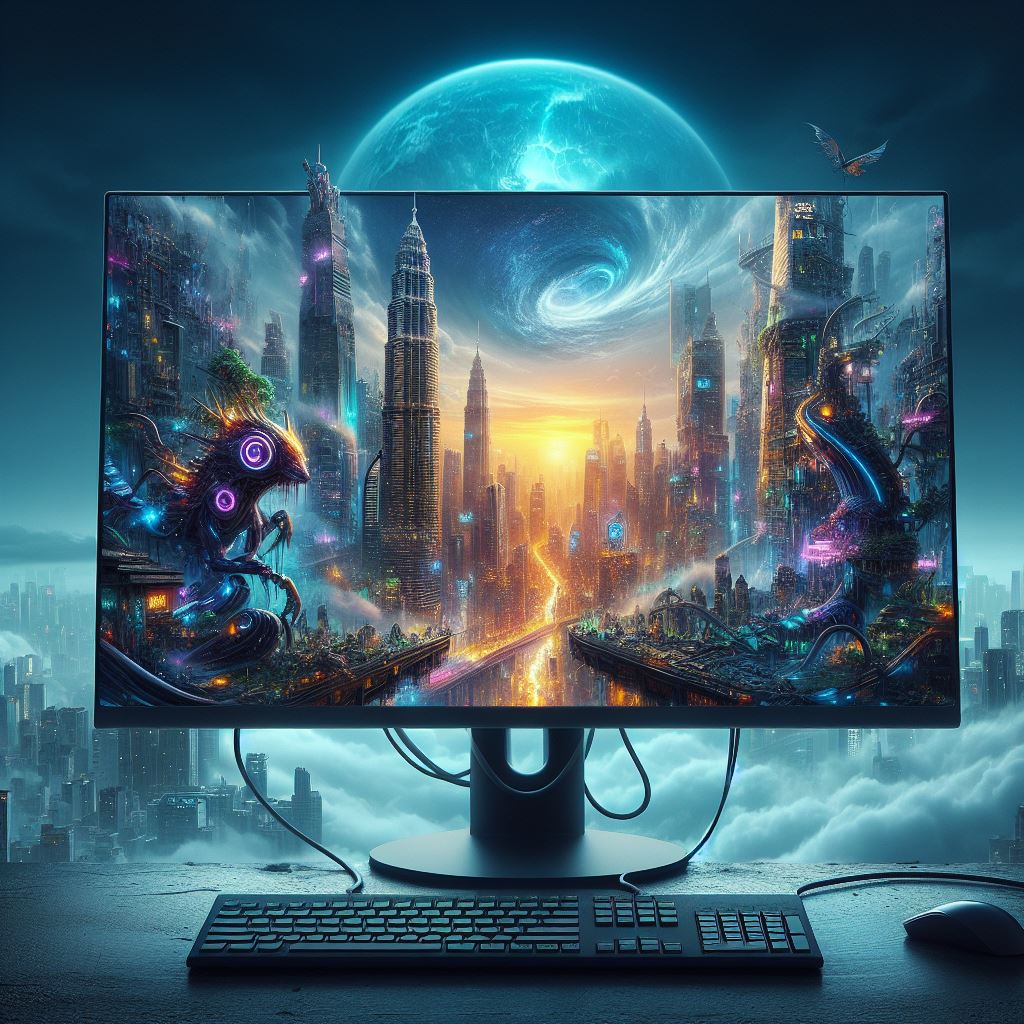IPS (In-Plane Switching):
- Definition: IPS stands for in-plane switching, which is a type of LED (a form of LCD) display panel technology.
Characteristics:
- Color Accuracy: IPS panels are known for their excellent color accuracy. They produce vibrant and true-to-life colors.
- Viewing Angles: IPS displays offer the best viewing angles among the main types of display panels (including TN and VA). You can view the screen from various angles without significant color distortion.
- Expensive: However, IPS panels tend to be the most expensive compared to other types.
- Use Cases: IPS monitors are ideal for tasks where color accuracy and wide viewing angles matter, such as graphic design, photo editing, and professional work.

LCD (Liquid Crystal Display):
- Definition: LCD stands for liquid crystal display. It’s a technology that uses liquid crystals arranged between two glass surfaces to produce images.
General Information:
- LCDs can be found in various types, including TN (twisted nematic), VA (vertical alignment), and IPS.
- The term “LCD” encompasses all these different panel technologies.
- LCDs require a backlight to illuminate the liquid crystals and create visible images.
- Use Cases: LCD monitors are widely used in computer displays, TVs, and other visual devices.

LED (Light-Emitting Diode):
- Definition: LED refers to the type of backlight used in a monitor (or TV).
Characteristics:
- Energy Efficiency: LED monitors consume less energy compared to traditional fluorescent backlights.
- Durability: LEDs have long-lasting backlights, contributing to their overall durability.
- Brightness and Contrast: LED monitors offer improved brightness levels and contrast.
Use Cases: LED monitors are commonly used for general computing, gaming, and multimedia purposes. They provide a budget-friendly solution and are less demanding in terms of power usage.

In summary:
- IPS panels excel in color accuracy and wide viewing angles but come at a higher cost.
- LED monitors are energy-efficient, durable, and budget-friendly.
- LCD is a broad term that encompasses various panel technologies, including IPS, TN, and VA.
Remember, the choice between these types depends on your specific needs and preferences. Whether you’re a professional designer or a casual gamer, understanding these monitor technologies will help you make an informed decision!





